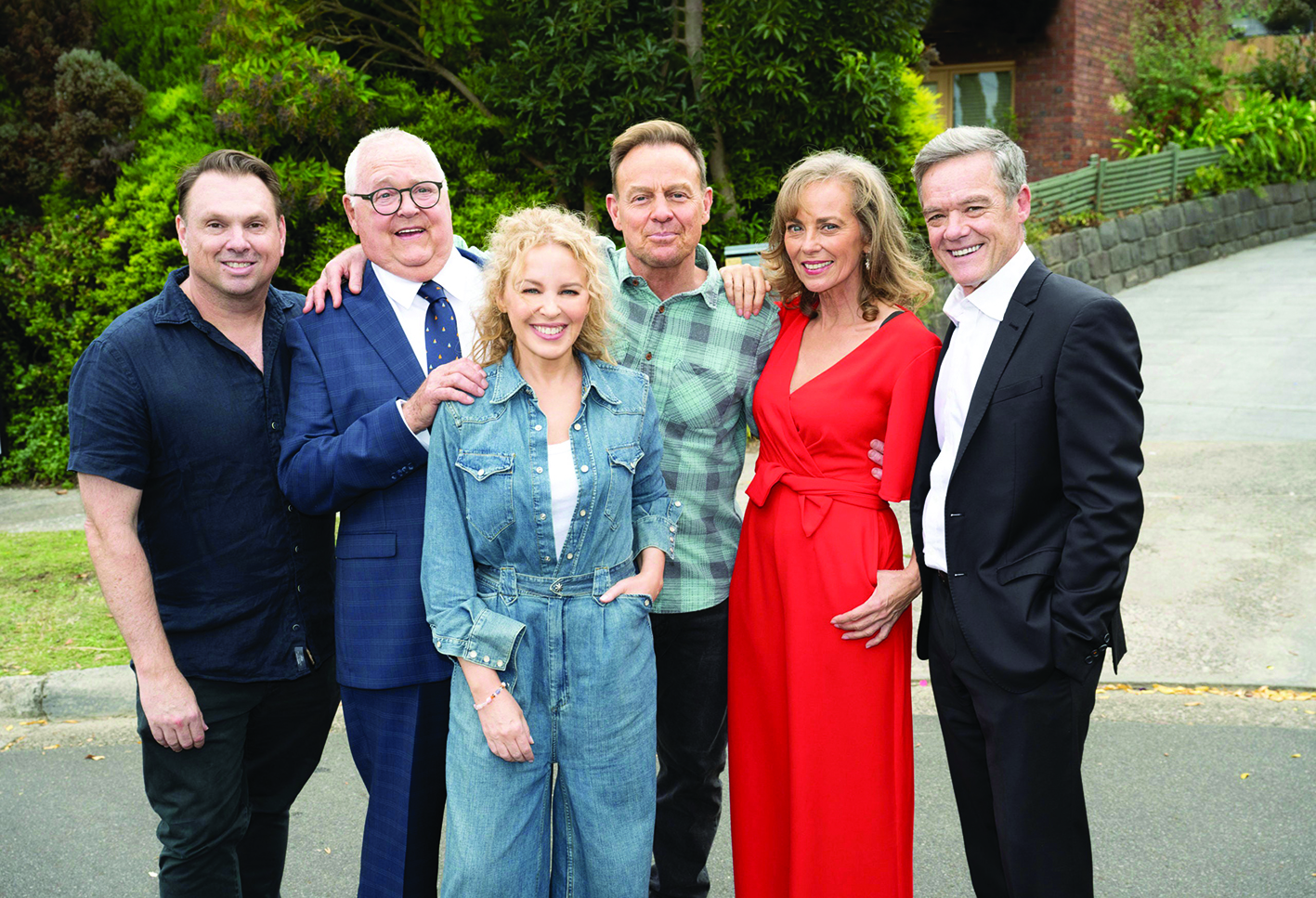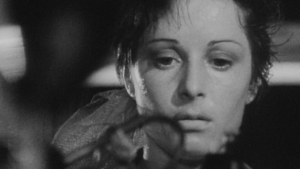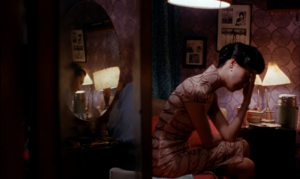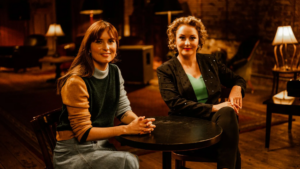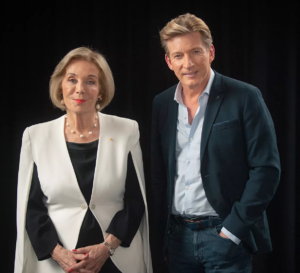After thirty-seven years, Neighbours is no more. The series came to a close in July after British broadcaster Channel 5, its largest financier, decided they would no longer back the show. Fremantle, the Australian production and distribution company in charge of Neighbours, tried to find new investors, but were unsuccessful. Speaking to Radio Times about the decision, Channel 5 boss Ben Frow explained his decision in frank terms: ‘I could spend money on other things, which is what I decided to do. I can better spend the Neighbours money on UK shows.’
Frow is not afraid to speak his mind. At a Royal Television Society event in June, he expressed the view that the programming focus of British broadcasters was often ‘mediocre’ and ‘lazy’ compared to that of streaming giants with mega budgets. ‘We need to be brave and anarchic,’ he told the audience. ‘If we are going to go down it should be all guns blazing’.
Thanks to that bravery, Neighbours is gone, despite having averaged 1.5 million daily viewers in the UK – the reason why the series was propped up by Channel 5’s money to begin with. In Australia, however, it had long been a different story. Local viewers’ retreat from Neighbours was so severe that, in 2010, Network 10 bumped the show to the digital Channel Eleven (now called 10 Peach) among repeats of American sitcoms and cooking shows.
I couldn’t help but feel a small degree of responsibility for the show’s fate. Like many people, I hadn’t watched Neighbours regularly for over a decade; and for all the goodwill that flowed toward the series as it took its final bow, there was a feeling that, like me, most mourning its loss hadn’t been keeping up to date with it. Instead, we’d been taking it for granted, allowing the show to become little more than a comforting thought: Well, at least Neighbours is still on TV.
Neighbours is far from the only long-running soap to have fallen on hard times in recent years. In September, after fifty-seven years of screening on free-to-air television, the US series Days of Our Lives was taken off the NBC network and moved exclusively to streaming service Peacock. There are now only three daytime soaps left on US network television (down from ten a decade ago): General Hospital, The Bold and the Beautiful and The Young and the Restless. What the demise of Neighbours and its counterparts really signifies is how much the audience for soap opera – and its cousin, the sitcom – has shifted with the arrival of reality television and streaming services.
In years gone by, Neighbours was a reliable component of Network 10’s opening act for the night’s viewing. Its biggest competitor was rival soap Home and Away, which still airs on the Seven Network. Nowadays (at the time of writing), the prime-time slots on Australian commercial television are occupied by reality shows The Masked Singer (10), The Block (Nine) and My Kitchen Rules (Seven). And if you can’t find anything to watch on any of the major networks, there are over ten streaming services with their own programming vying for our attention, with everything from Netflix’s Is It Cake? to The Kardashians, the latter of which now offers its dose of family drama to Disney+ thanks to a multi-year US$100 million deal.
Love them or loathe them, the Kardashians have been on television long enough now to have the same kind of cultural relevance as iconic television families like the Bradys, the Tanners and the Robinsons of Ramsay Street once did. According to Miami University sociology professor C Lee Harrington, The Kardashians and its fellow reality shows have replaced the soap opera and sitcom by using the same basic dramatic elements. ‘The romances, the betrayal, the divorce, the birth, the affairs, we are engaged in many similar ways with celebrity culture that we used to be with fictional narrative in the daytime,’ Harrington told the BBC. A majority of the reality television productions that dominate our screens use these storytelling elements that were once perfected by soap operas and sitcoms. A show like MasterChef has all the dramatic hooks to make you endure another ad break: heroes and villains (even if merely an oven that’s not up to the task); surprise twists; and eliminated contestants who return for retribution – the only element that’s sadly lacking is eye patches.
Another big factor in the shift away from fictional TV narratives is cost. The production budget for reality television is lower than scripted drama or comedy because networks don’t have to invest heavily in talent, costumes or multiple sets. And each season, these shows get a chance to hit reset and offer their audience new characters and storylines, which suits short attention spans perfectly – there’s a quick, disposable turnover. Reality television is also loaded with product placement, which can offset a show’s expenses: renovation series The Block has more built-in commercials than it has drama, and is almost comical in how transparently it tries to work brands into normal conversations and scenarios; while another big reality hit, Lego Masters, is an entire show built around a brand. This, of course, is the kind of ‘corporate synergy’ that the business-minded crave.
None of this is to say that soap operas were above the odd lucrative product-placement strategy; back in 2018, Neighbours framed a plotline around genealogy site Ancestry.com, and even the term ‘soap’ itself is a nod to the kind of advertising that accompanied daytime radio dramas in their early development. But there’s no question that reality TV has perfected the formula.
So when it came time to vacate Ramsay Street, did anyone show up? The final episode drew an audience of 1.3 million viewers, making it the number one show in Australia that evening; in the UK, it hit 2.5 million viewers. To put the former figure in context, however, it aired here on a night when there was very little competition from reality television. When The Block returned for another season in August, it drew 1.67 million viewers on its first night, and this season of My Kitchen Rules has consistently nabbed just shy of 1 million. Even with all the publicity surrounding Neighbours’ farewell, it didn’t take long for audiences to be brought back to reality.
